Solution of Assignment ( Order No: 933942)
VerifiedAdded on 2023/04/08
|6
|1549
|233
AI Summary
This document provides the solutions to Assignment ( Order No: 933942). It includes solutions to equations involving hyperbolic functions, double integrals, plane equations, and orthogonal vectors. The document also explains the steps and formulas used to solve each problem. The subject, course code, course name, and college/university are not mentioned.
Contribute Materials
Your contribution can guide someone’s learning journey. Share your
documents today.
1 out of 6
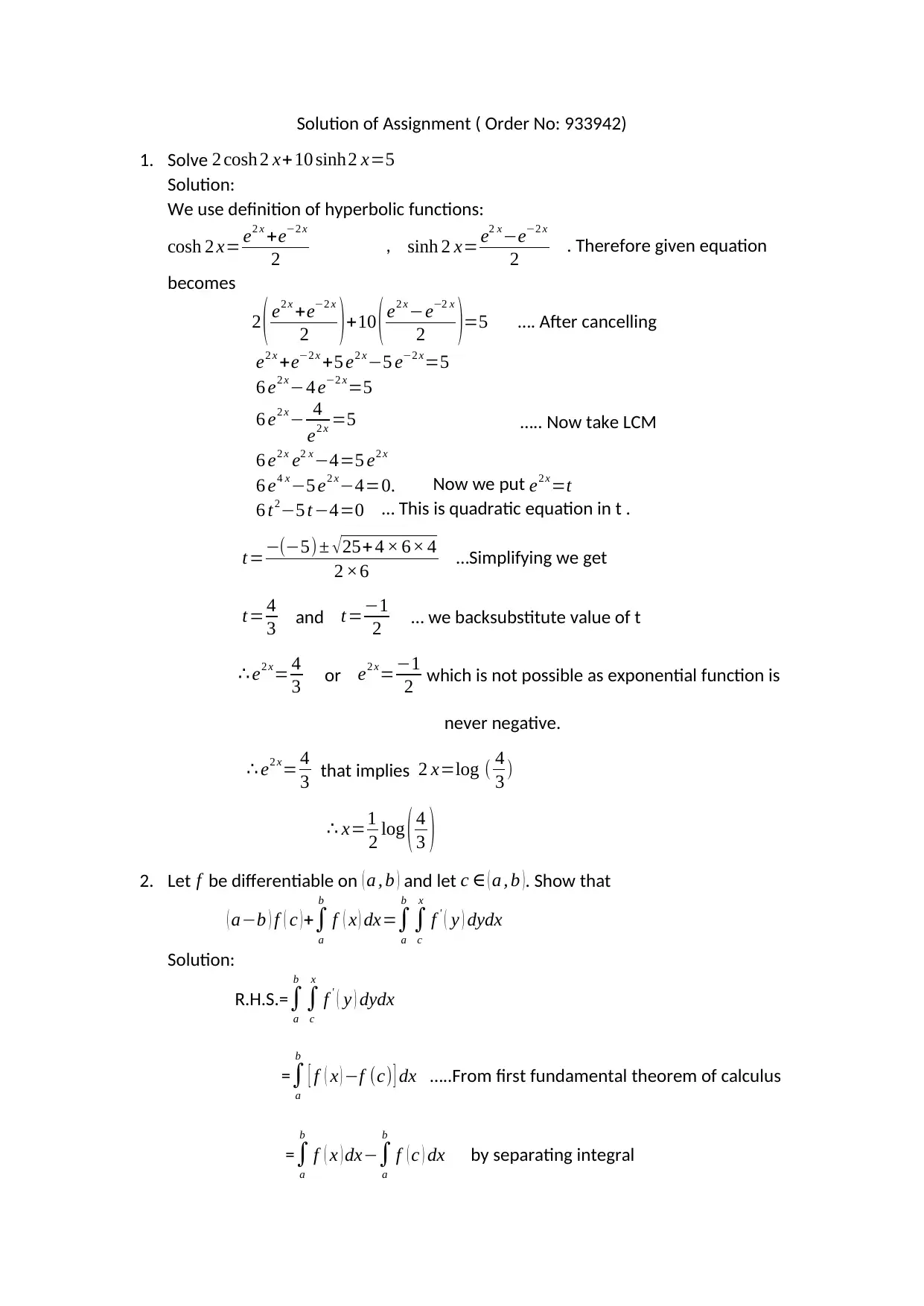
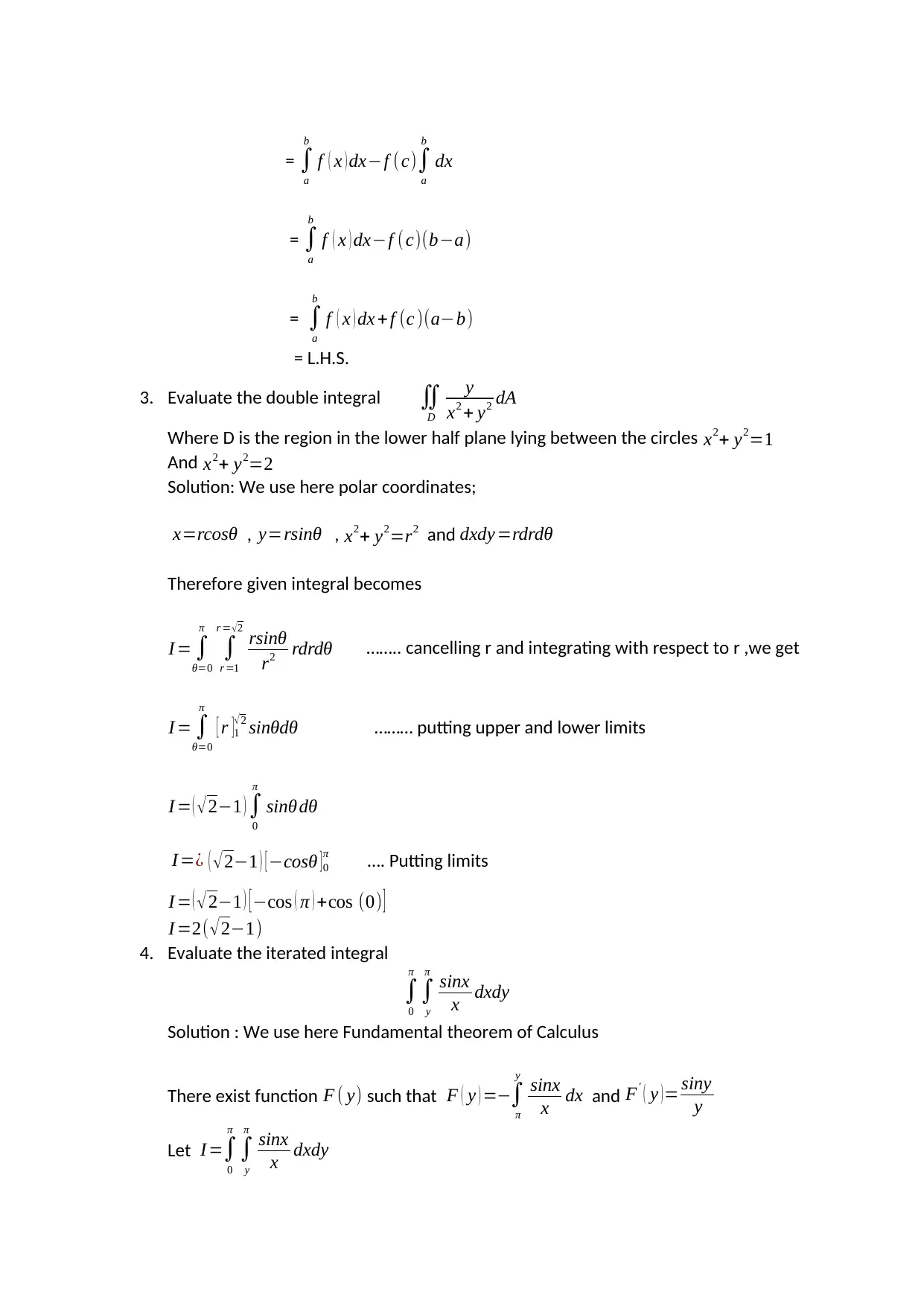
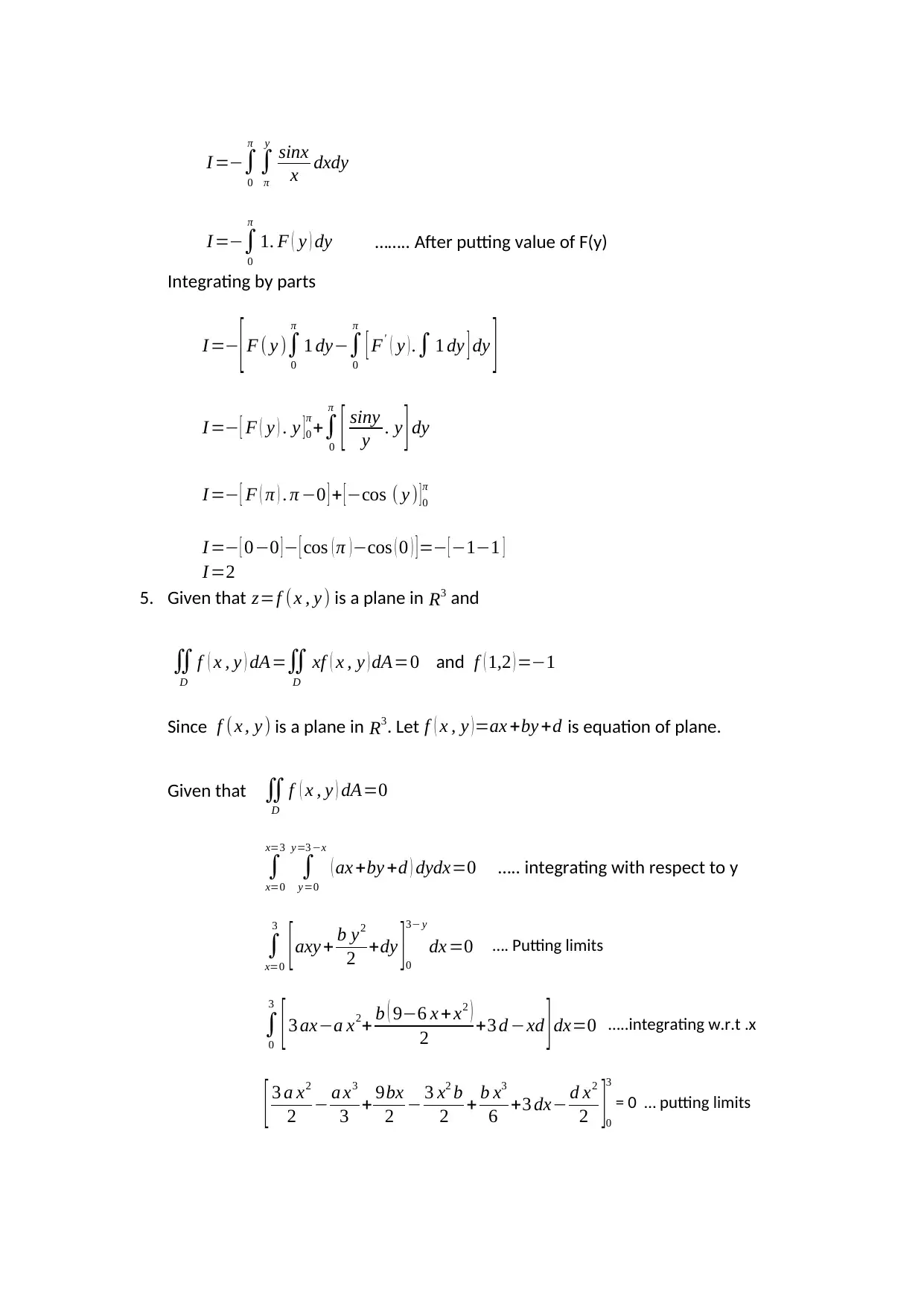
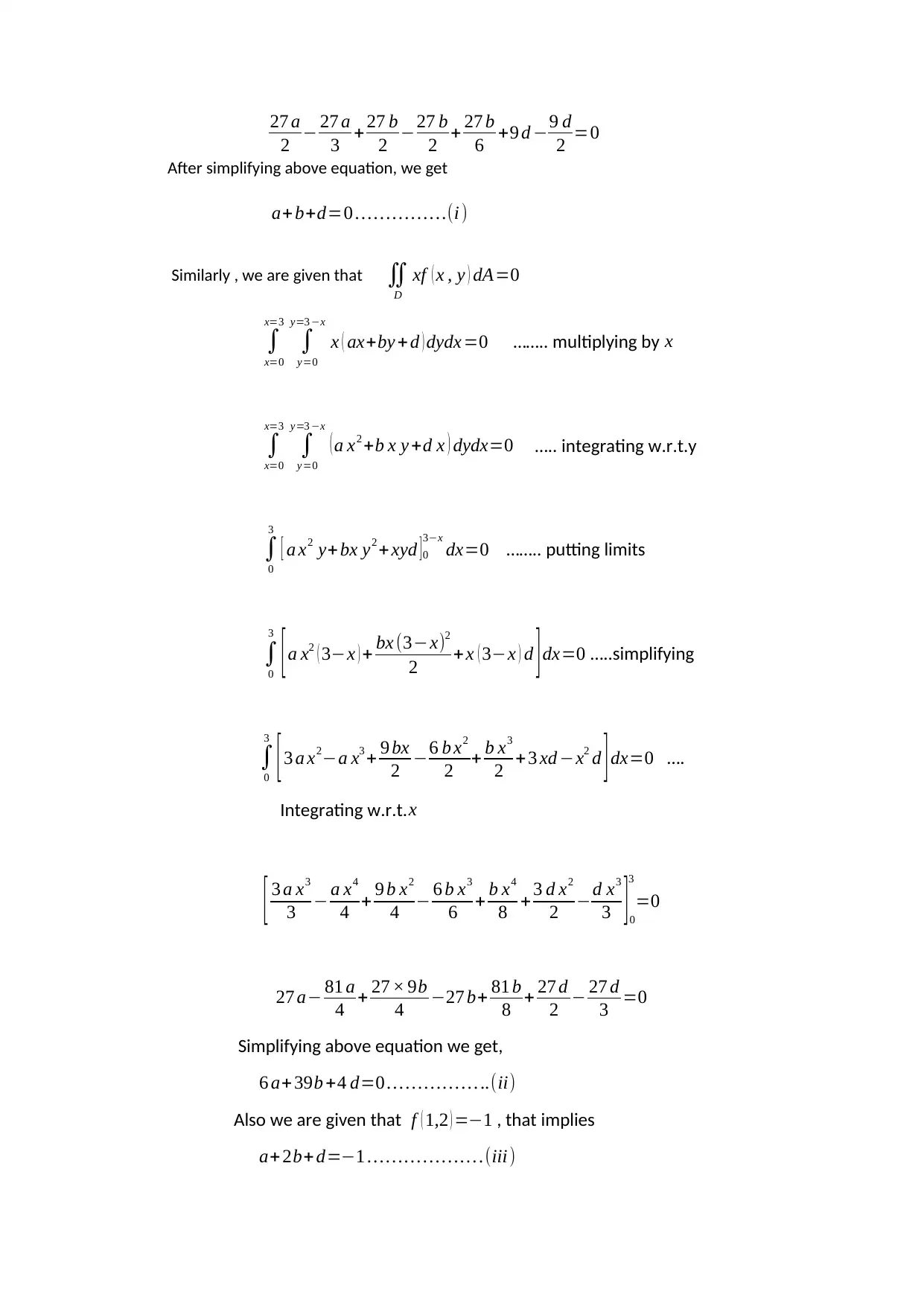
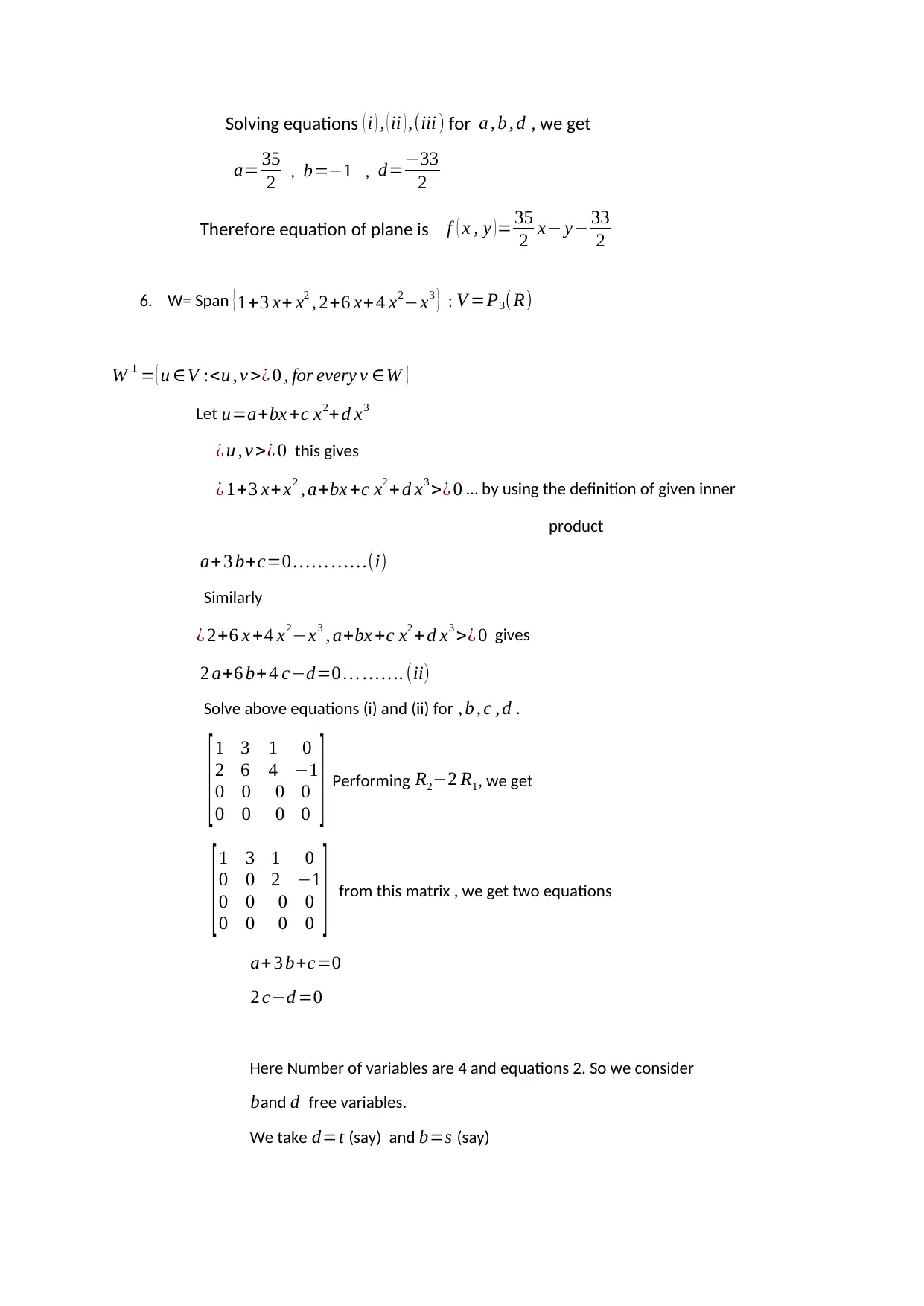
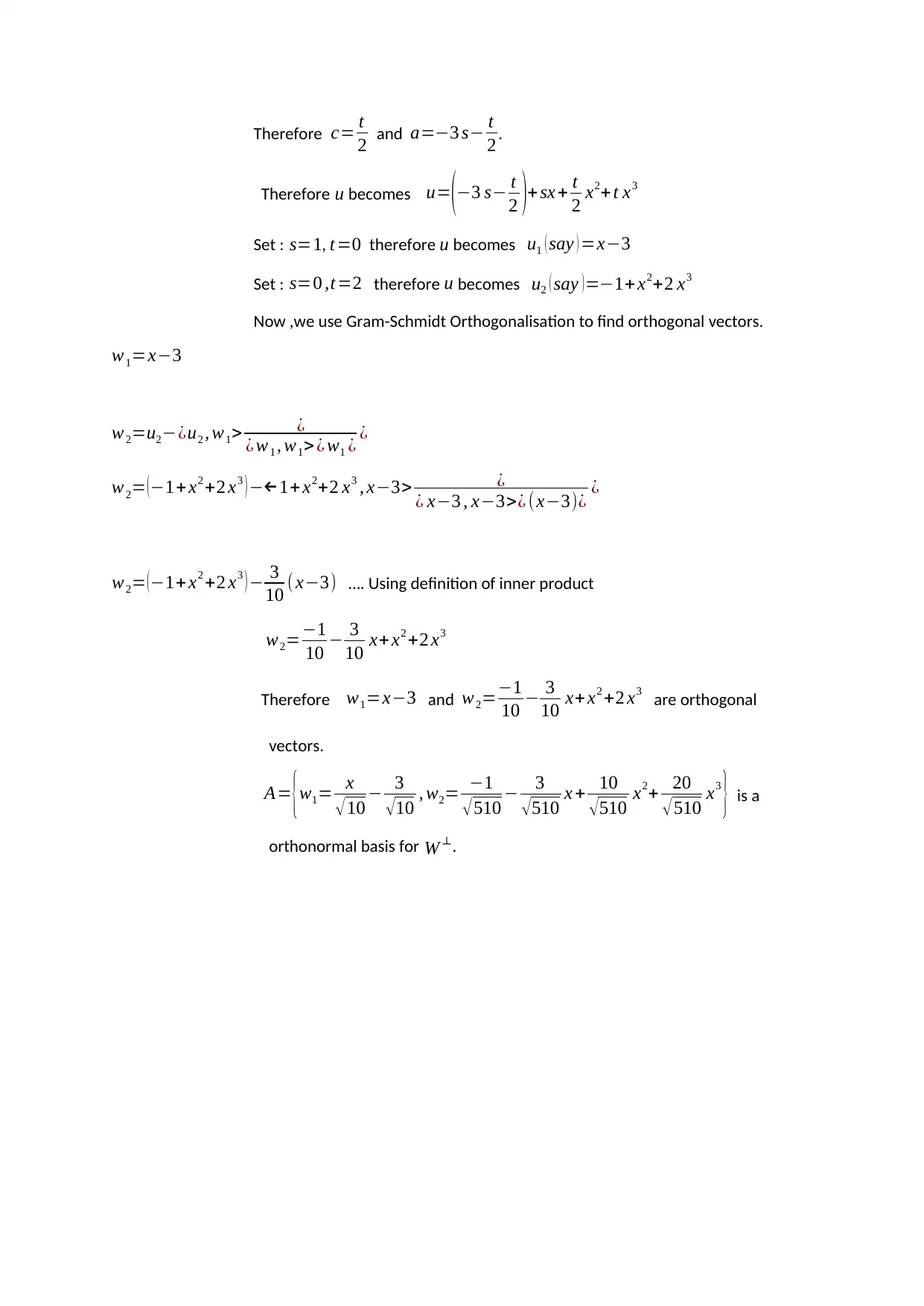






![[object Object]](/_next/static/media/star-bottom.7253800d.svg)